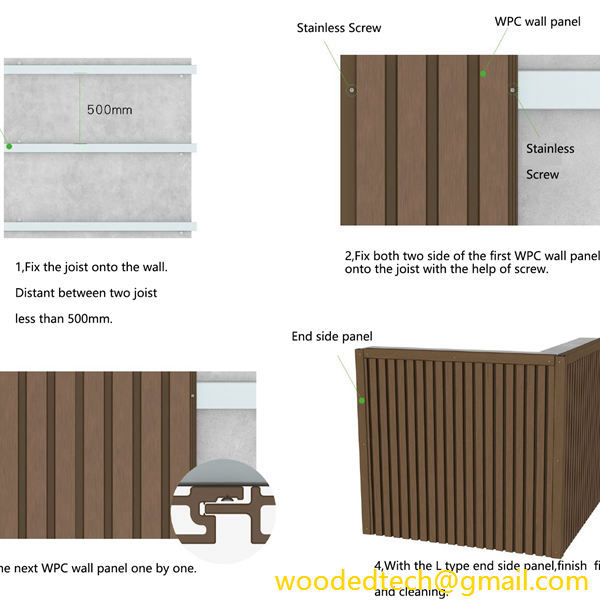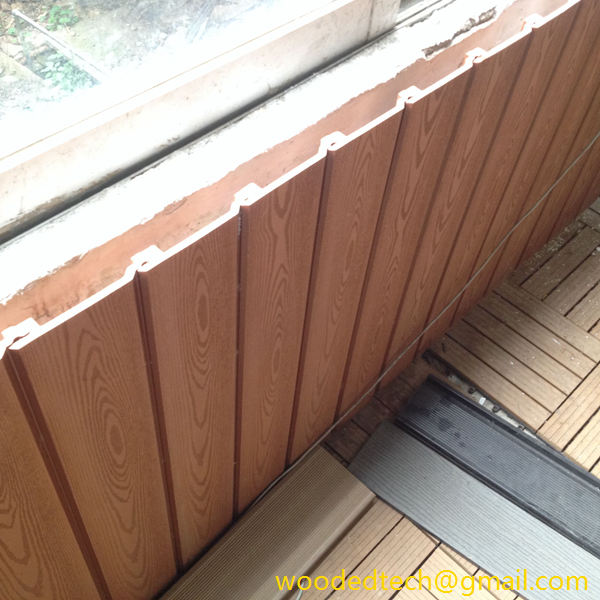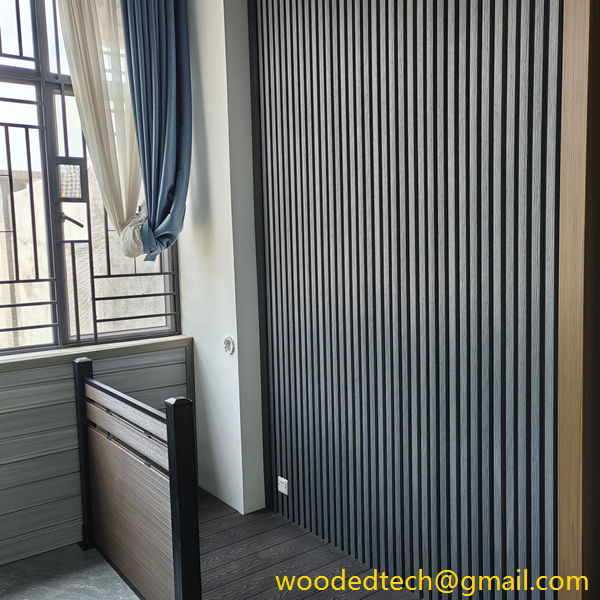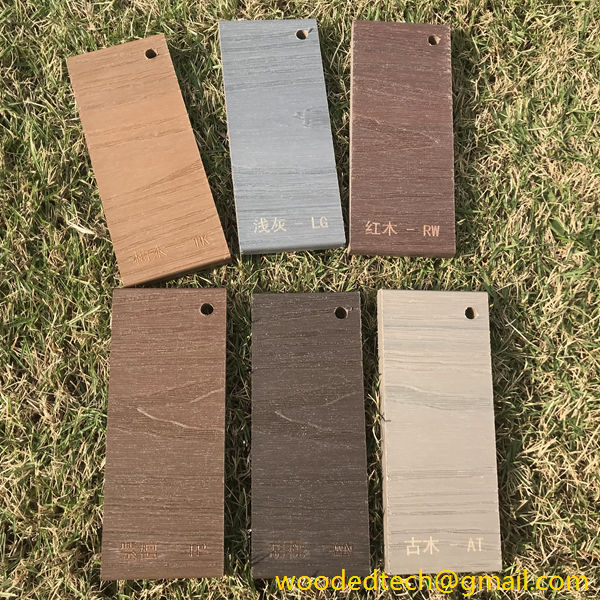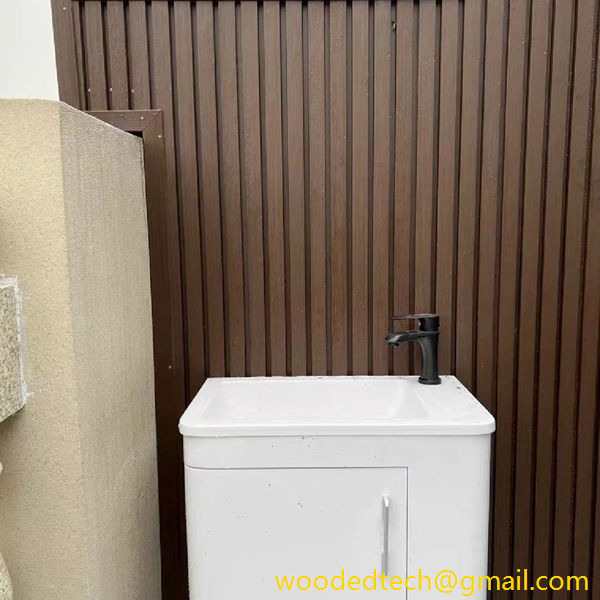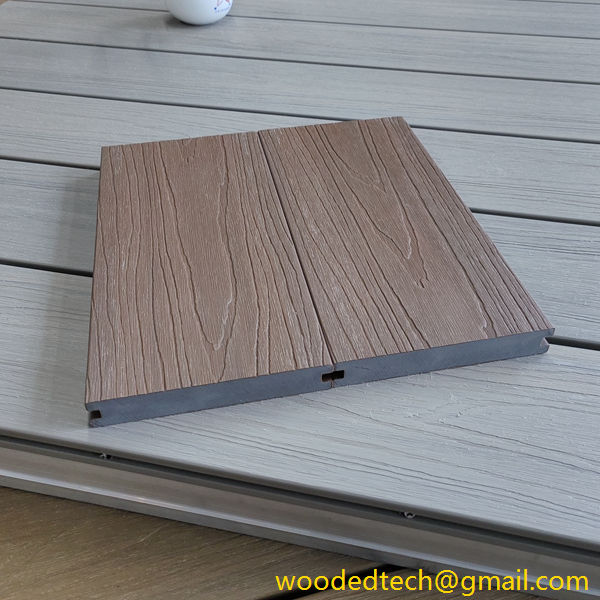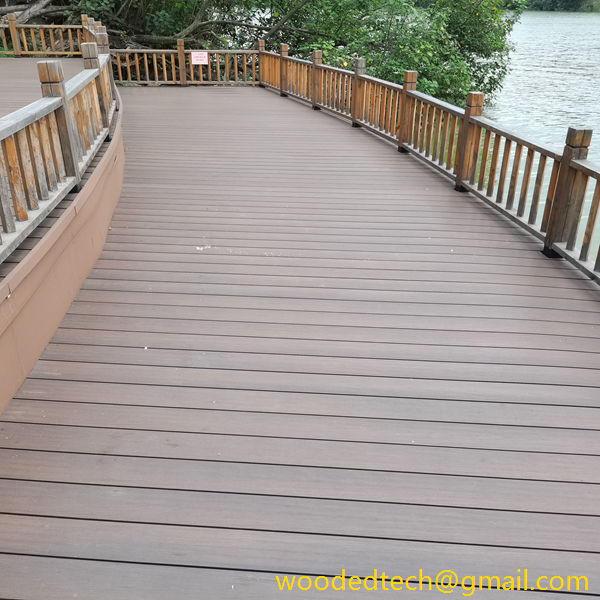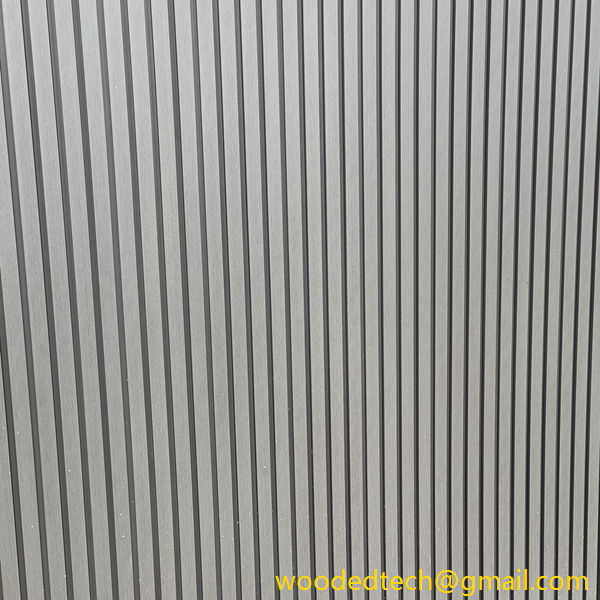How to Fix WPC Wall Panel: Troubleshooting Tips for Fixing WPC Wall Panels
How to Fix WPC Wall Panel: Troubleshooting Tips for Fixing WPC Wall Panels Wood-Plastic Composite (WPC) wall panels have gained immense popularity in recent years due to their durability, aesthetic appeal, and versatility. They are widely used in both residential and commercial spaces to enhance interior design and provide functional benefits. However, like any material,…
How to Fix WPC Wall Panel: Troubleshooting Tips for Fixing WPC Wall Panels
Wood-Plastic Composite (WPC) wall panels have gained immense popularity in recent years due to their durability, aesthetic appeal, and versatility. They are widely used in both residential and commercial spaces to enhance interior design and provide functional benefits. However, like any material, WPC wall panels can encounter issues over time. Understanding how to troubleshoot and fix these problems is essential for maintaining the integrity and appearance of your wall panels. In this article, we will explore various common problems associated with WPC wall panels and offer practical solutions to address them.
One of the most common issues with WPC wall panels is warping. Warping can occur due to changes in temperature and humidity, which can cause the material to expand or contract. If you notice that your WPC panels are no longer lying flat against the wall, it is essential to take immediate action. First, identify the source of the moisture or heat. If the panels are exposed to direct sunlight or high humidity, consider relocating them or improving ventilation in the area.
To fix warped panels, you may need to remove them and lay them flat in a dry, warm environment for a few days. This process can help them regain their original shape. If the warping is severe and cannot be corrected, you may need to replace the affected panels entirely. When reinstalling, ensure that the panels are properly secured to prevent future warping.
Another common issue is fading or discoloration of the WPC surface. Over time, exposure to sunlight can lead to a loss of color, making the panels look dull or uneven. To combat this, consider applying a UV-protective sealant to the surface of your panels. This type of sealant can help preserve the color and finish of the WPC over time. Additionally, regular cleaning with a gentle, non-abrasive cleaner will help maintain the appearance of your panels.
If you notice that your WPC wall panels have developed scratches or dents, there are several ways to address these imperfections. For light scratches, a simple solution is to use a fine-grit sandpaper to gently buff out the scratch. Be careful not to sand too aggressively, as this can damage the surface. After sanding, you may want to apply a matching color wax or touch-up paint to blend the area with the surrounding panels.
For deeper dents or gouges, you may need to perform a more involved repair. Start by cleaning the damaged area and removing any debris. You can then use a wood filler or epoxy to fill in the dent. Once the filler has dried, sand it down to create a smooth surface. Finally, apply a matching finish to ensure that the repair is seamless.
Another issue that can arise with WPC wall panels is mold and mildew growth, particularly in areas with high humidity. To address this problem, it is crucial to identify the source of moisture and eliminate it. Proper ventilation is key to preventing mold growth. In the meantime, you can clean the affected area with a mixture of water and vinegar or a specialized mold remover. Be sure to wear protective gloves and a mask while cleaning to avoid inhaling any spores. After cleaning, ensure that the area is completely dry before applying any sealant or finish.
Installation errors can also lead to problems with WPC wall panels. If panels are not installed correctly, they can become loose or misaligned, leading to gaps and an unattractive finish. To fix this issue, you may need to remove and reinstall the affected panels. Start by carefully taking down the panels and inspecting the underlying structure. Ensure that the wall is level and properly prepared for installation.
When reinstalling, be sure to follow the manufacturer’s guidelines for spacing and fastening the panels. Use proper fasteners that are designed for WPC materials to ensure a secure installation. Additionally, consider using spacers to maintain even gaps between panels, which will help prevent future issues related to movement or expansion.
Lastly, if you encounter any issues with the adhesive used to install your WPC wall panels, it is essential to address them promptly. If panels are coming loose, it may be due to insufficient adhesive or improper application. In this case, you will need to remove the affected panels, clean both the panel and wall surfaces, and reapply a high-quality adhesive. Always follow the manufacturer’s recommendations for adhesive types and application techniques to ensure a strong bond.
In conclusion, while WPC wall panels offer numerous advantages, they are not immune to issues that can arise over time. By understanding common problems and implementing effective troubleshooting tips, you can maintain the beauty and functionality of your WPC panels. Regular maintenance, prompt repairs, and proper installation techniques are crucial for ensuring that your WPC wall panels remain a stunning and durable element of your space for years to come. Whether you are a homeowner looking to enhance your living area or a contractor aiming to provide quality installations, knowing how to fix and care for WPC wall panels will prove invaluable in the booming market of modern interior design.

